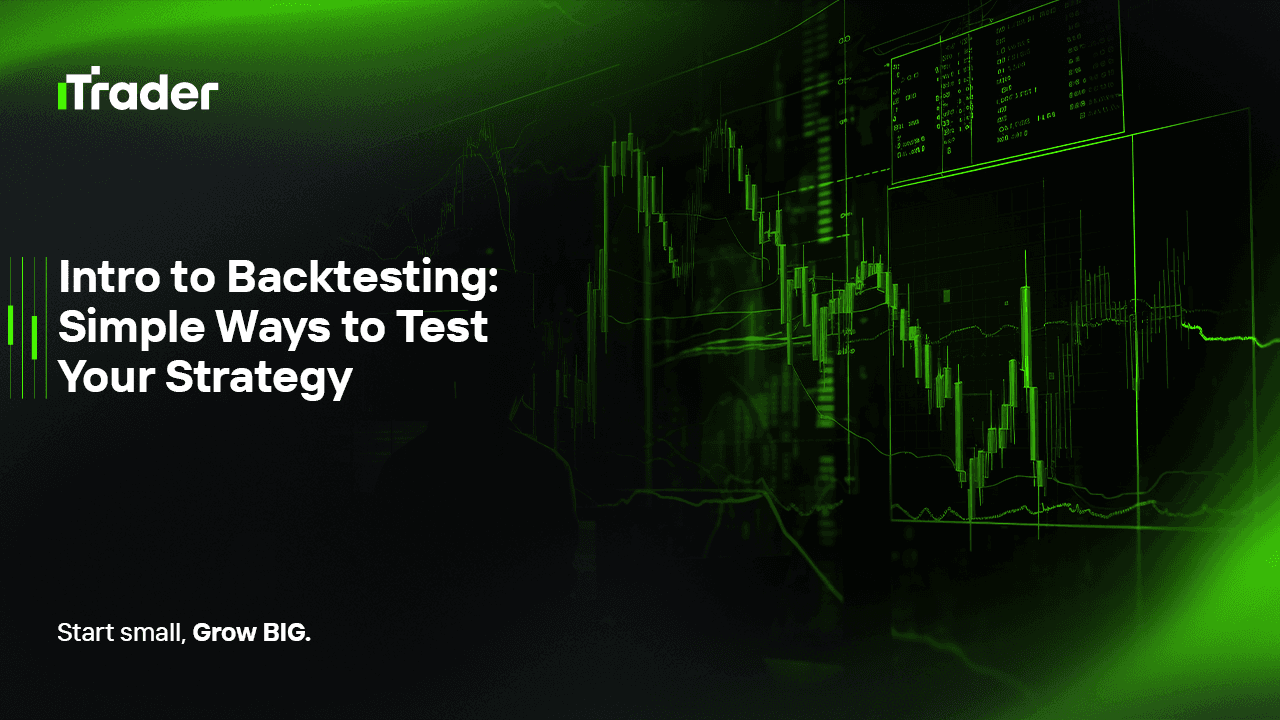2025-09-15
For many traders, the idea of testing a trading strategy feels overwhelming—especially if you’re preparing for a prop firm evaluation where performance rules are strict. But here’s the truth: you don’t need to be a quantitative finance PhD or own expensive software to start validating your ideas. What you need is a structured process to see how your strategy would have performed in real markets. That’s where backtesting comes in.

Backtesting is the process of applying your trading rules to historical market data to see how they would have performed in the past. It’s not about predicting the future with certainty—it’s about checking whether your strategy is robust enough to survive different market conditions.
In the context of prop trading, backtesting plays an even more critical role because:
Imagine walking into a prop firm challenge with a strategy you’ve never tested. You wouldn’t know:
Backtesting answers these questions before real money—or your funded account—is on the line.
The main benefits are:
Backtesting doesn’t have to be complicated. Here are three simple methods any prop trader can use:
This is the most basic approach. You scroll through historical charts and mark where you would enter, set stop loss, and take profit.
Here you use built-in strategy testers inside trading platforms.
If your strategy is rule-based, you can download historical data (OHLC prices), set your rules in Excel or Google Sheets, and let formulas calculate trade outcomes.
When you backtest, don’t just focus on profits. Prop firms care about risk management. Make sure you track:
Many beginner traders sabotage their backtesting results by falling into traps:
Once you’ve tested your strategy, the next step is adapting it for the specific rules of your prop firm challenge. Ask yourself:
Remember: a strategy that looks profitable on paper might still break prop firm rules if you don’t account for risk limits.
Backtesting isn’t about creating a “perfect system.” It’s about filtering out bad ideas and strengthening good ones before you risk real capital. For prop traders, this means entering challenges with a clear, tested, and disciplined plan.
If you keep your backtesting simple, focus on core metrics, and avoid common biases, you’ll build the confidence and discipline needed to perform under the strict conditions of a prop firm evaluation.
© 2025 iTrader Global Limited | 公司注册号 15962
iTrader Global Limited 位于科摩罗联盟安儒昂自治岛穆察姆杜 Hamchako,并受科摩罗证券委员会(Securities Commission of the Comoros)许可及监管。我们的牌照号为 L15962/ITGL。
iTrader Global Limited 以“iTrader”作为交易名称,获授权从事外汇交易业务。公司的标志、商标及网站均为 iTrader Global Limited 的专属财产。
风险提示: 差价合约(CFD)交易因杠杆作用存在高风险,可能导致资金快速亏损,并非适合所有投资者。
交易资金、差价合约及其他高杠杆产品需要具备专业知识。
研究显示,84.01% 使用杠杆的交易者会遭受亏损。请务必充分了解相关风险,并确认在交易前已做好承担资金损失的准备。
iTrader 特此声明,不会对任何个人或法人在杠杆交易中产生的风险、亏损或其他损失承担全部责任。
本网站提供的新闻及信息仅用于教育目的。用户应独立且审慎地作出金融决策。
限制条款: iTrader 不会向法律、法规或政策禁止此类活动的国家或地区居民提供本网站或相关服务。若您居住在限制使用本网站或服务的司法管辖区,您有责任确保遵守当地法律。iTrader 不保证其网站内容在所有司法管辖区均适用或合法。
iTrader Global Limited 不向以下国家/地区的公民提供服务,包括但不限于:美国、巴西、加拿大、以色列及伊朗。